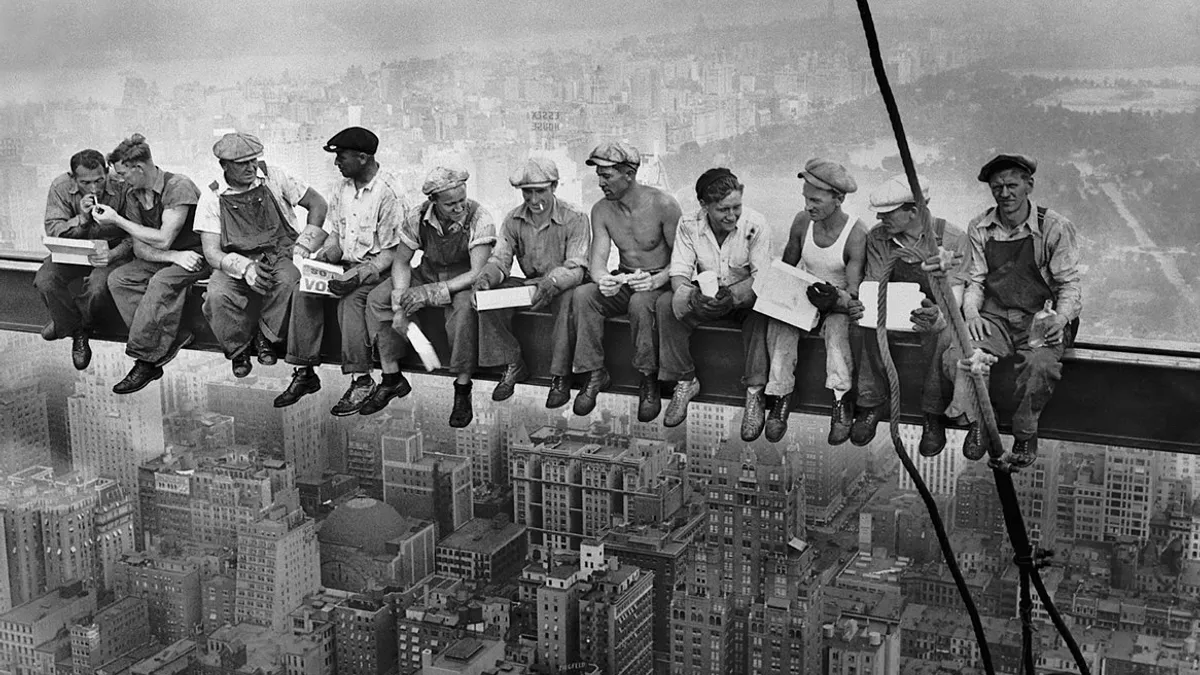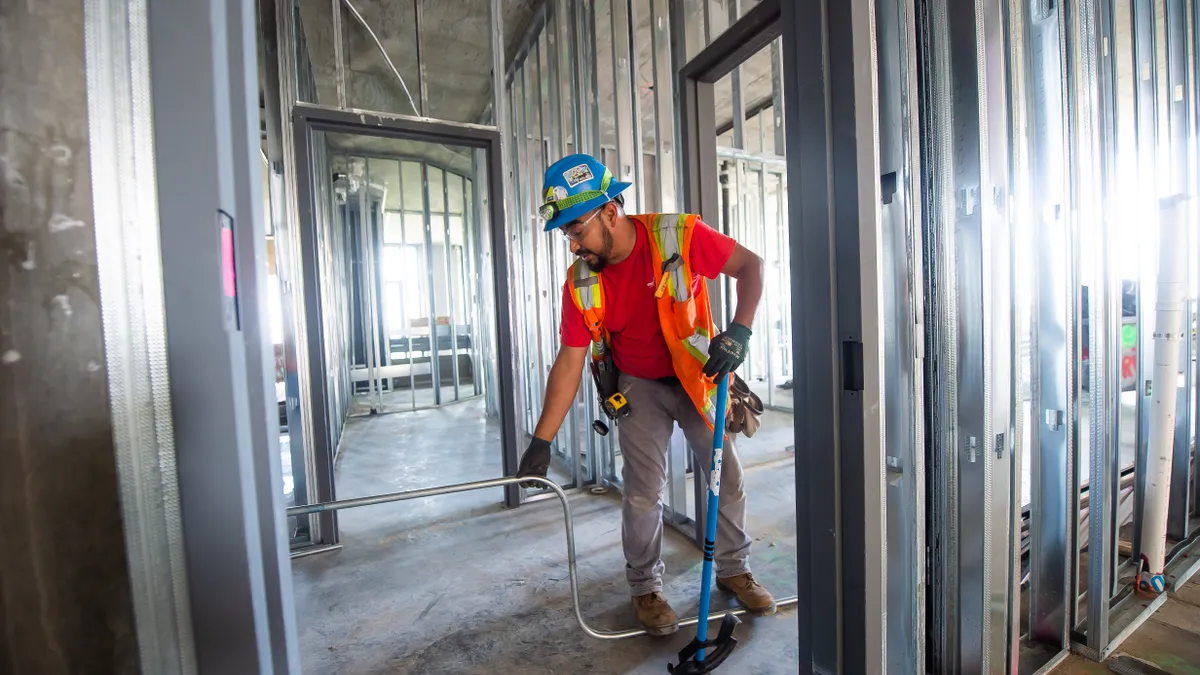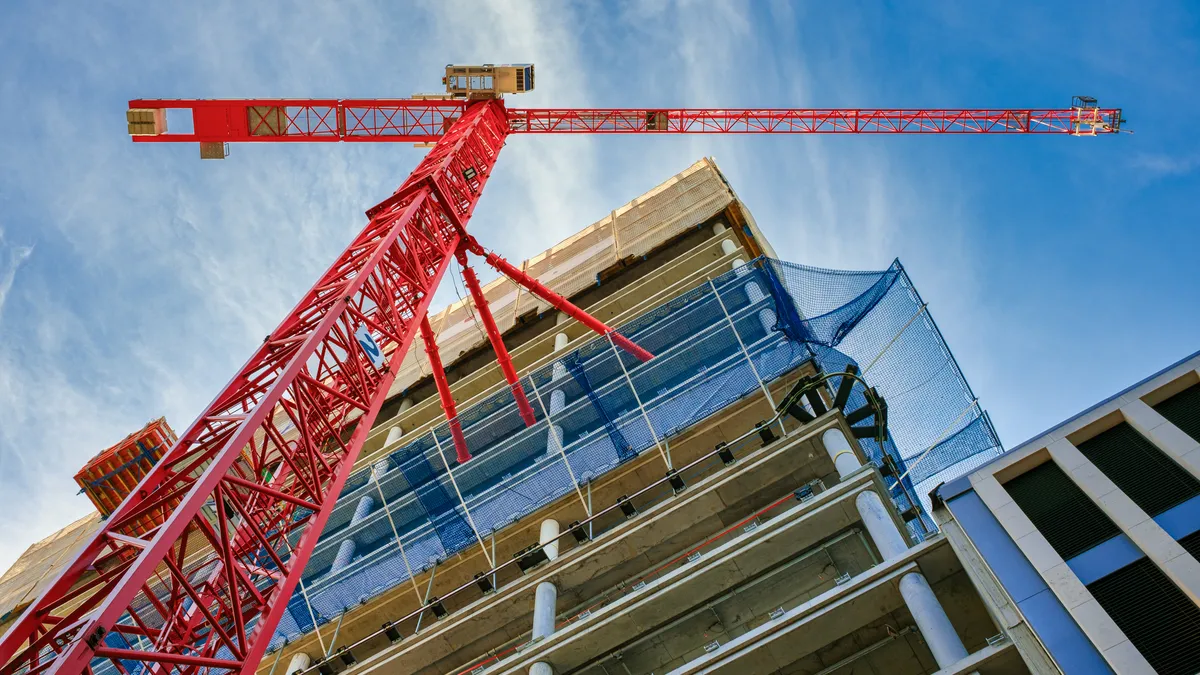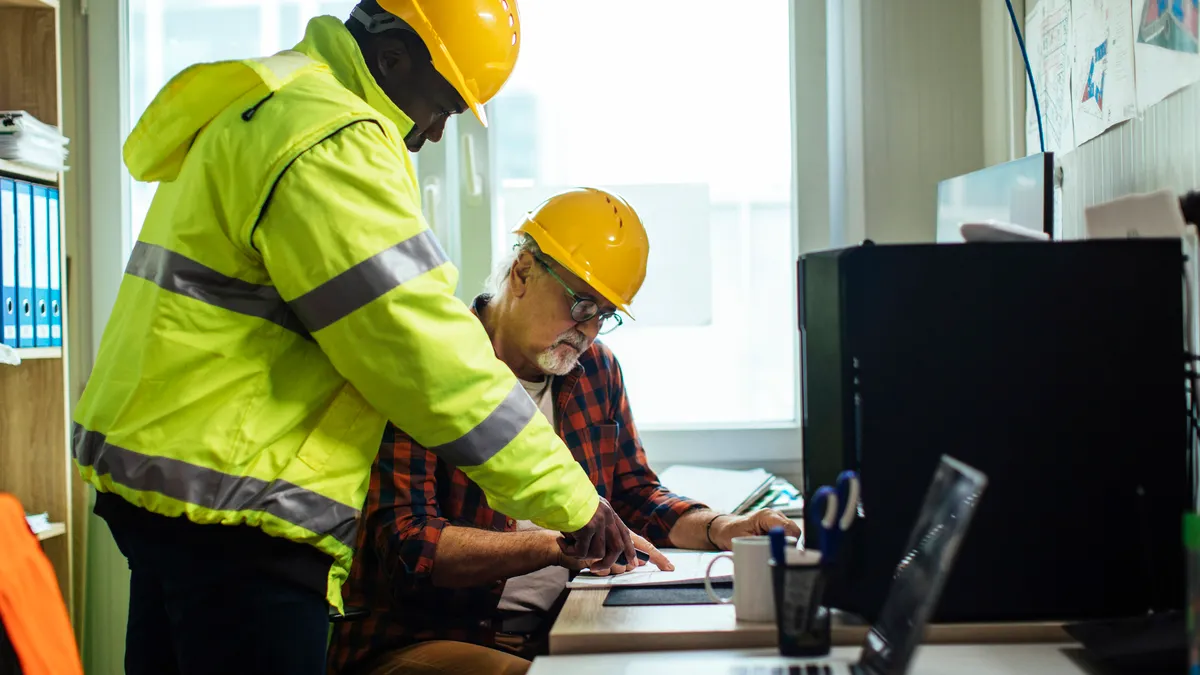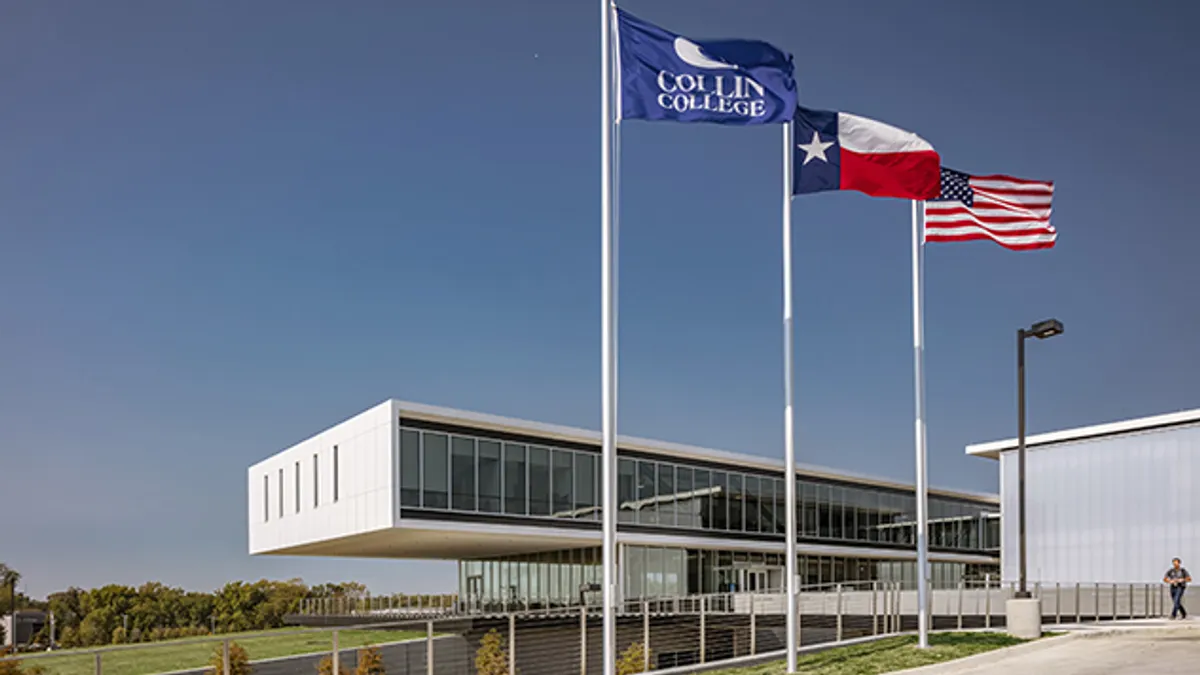Eleven men perch precariously on a metal beam, eating lunch, lighting cigarettes or drinking from glass bottles. Wearing only cloth caps as head protection, the men dwarf the hazy background of 1930s New York City and Central Park.
Much has changed since workers building the 66-story, 850-foot-tall Rockefeller Center in midtown Manhattan posed for “Lunch Atop a Skyscraper” in 1932, but it remains construction’s most iconic photograph.
“It's one of those things emotionally, you’re grateful and, and you honor and you respect the photograph, but by the same token as a safety professional, you look at it and you go, ‘Wow, let me just name the number of things that are wrong with this,’” said Greg Sizemore, vice president of workforce development safety health and environmental at Associated Builders and Contractors.
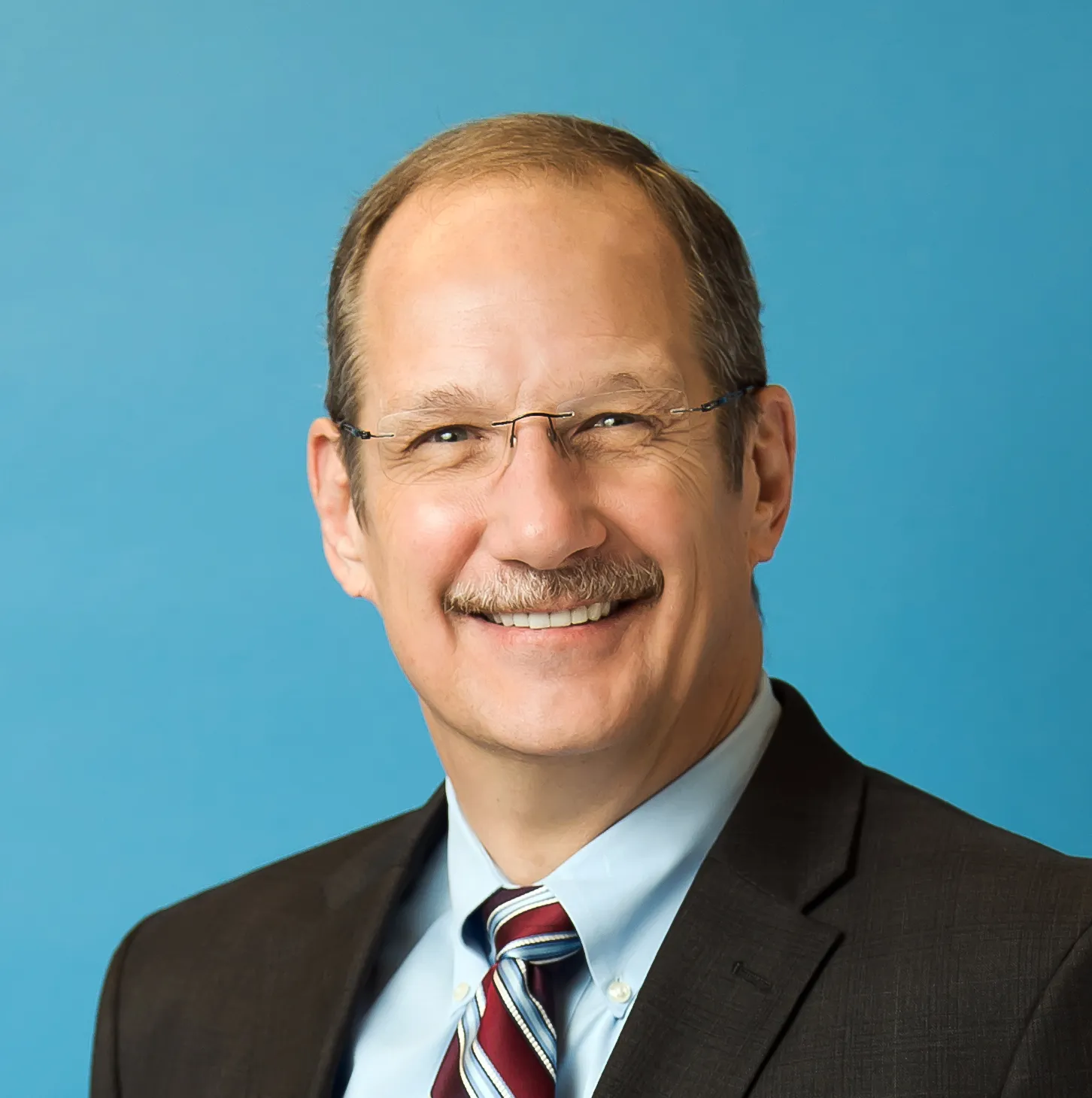
From the spot they’re sitting in, to the lack of proper footwear, personal protective equipment or fall protection, this photo is cringe-inducing, especially for safety experts, Sizemore said.
That said, Sizemore has a copy of the photo. So does Jim Goss, senior safety consultant with HCSS, based out of Sugar Land, Texas.
“That print says a lot. These people are comfortable in that setting, comfortable enough to be eating and drinking,” he said.
An iconic background
“Lunch Atop a Skyscraper” first ran in the New York Herald Tribune on Oct. 2, 1932, Rockefeller Center Archivist Christine Roussel told Time Magazine in 2016, as part of the publication’s 100 iconic photos series.
Three photographers — Charles Ebbets, Thomas Kelley and William Leftwich — climbed the steel beams and walked the precarious heights along with workers; it is unknown which of them actually captured the iconic photograph taken at the top of the tower, Roussel said (although Ebbets is credited).
The workers themselves came from all over the world, Roussel said. Irish immigrants and Mohawk Native Americans made up a considerable number of the roughly quarter of a million workers hired for blue collar jobs on the project during the Great Depression, she told Time.
The publicity stunt captured the exact sentiment it had set out for.
“That was the attitude, very very positive toward the future, very positive toward America, very positive toward business,” Roussel said.
That’s a sentiment many feel the image still captures today.
Where we came from
For Steve Rank, executive director of safety and health for the Washington, D.C.-based Ironworkers International union, the photo encapsulates how far standards have come, and the arduous fight for continued worker protection.
“It kind of symbolizes the Depression … and our struggle to not have fatalities in the workplace, and fighting to get OSHA standards to protect people during steel erection work,” he said. “They worked in conditions that didn’t have safety requirements or anything. That’s what that picture symbolizes to me, is the tough times people had to go through.”
The OSH Act created OSHA in 1971, so this photo existed decades before any federal agency provided standards or cited employers for violations. Goss and Rank also both noted a long battle to create the steel erection standard, which is a little over 20 years old.
“When I first started in the business, we had the same things that that photo depicted,” said Goss. “It’s just the way it was. The rules were disorganized. We had tie-off rules, but we didn’t [really] have tie-off rules.”
Some say employers at the time of the iconic photo had cavalier attitudes about worker casualties because they didn’t affect their bottom line.
“The folklore from that time is when you were building a large skyscraper, you estimated a certain number of fatalities per floor,” said Justin Rihn, director of safety for Clark Construction.
Where we are now
With today’s OSHA standards, if an inspector came across a sight like the men in the photo, the fines could vary, depending on whether they are classified as willful or not. If they are, Goss said, the construction firm could face an initial fine of around $155,000 per person — about $1.5 million total. That would be before negotiating a settlement from OSHA.
For context, that would be about $200,000 higher than the largest initial fine of 2022.
“If you did that today, you wouldn’t be in business very long,” Rank said, in reference to the men in the photo. “It’s a whole different world.”
Even still, Goss pointed out, falls remain construction’s deadliest hazard. In 2021, 390 of the industry’s 986 workplace fatalities resulted from falls, slips or trips. About 13% of all workplace deaths — 680 fatalities — resulted from falls from elevation in 2021, the most recent data available.
“Falls are the greatest hazard that [contractors] should look at every day,” Goss said.
Even though the attitudes and polices for worker safety have improved greatly since the 1930s, the work done tens or hundreds of feet in the air remains treacherous.
“Gravity will win every time,” said Goss.
Where we are going
In Construction Dive’s digital Round Table for Construction Safety Week, safety experts individually highlighted the progress in the industry, and championed the notion of working earlier in the project to highlight, educate and plan ahead for hazards.
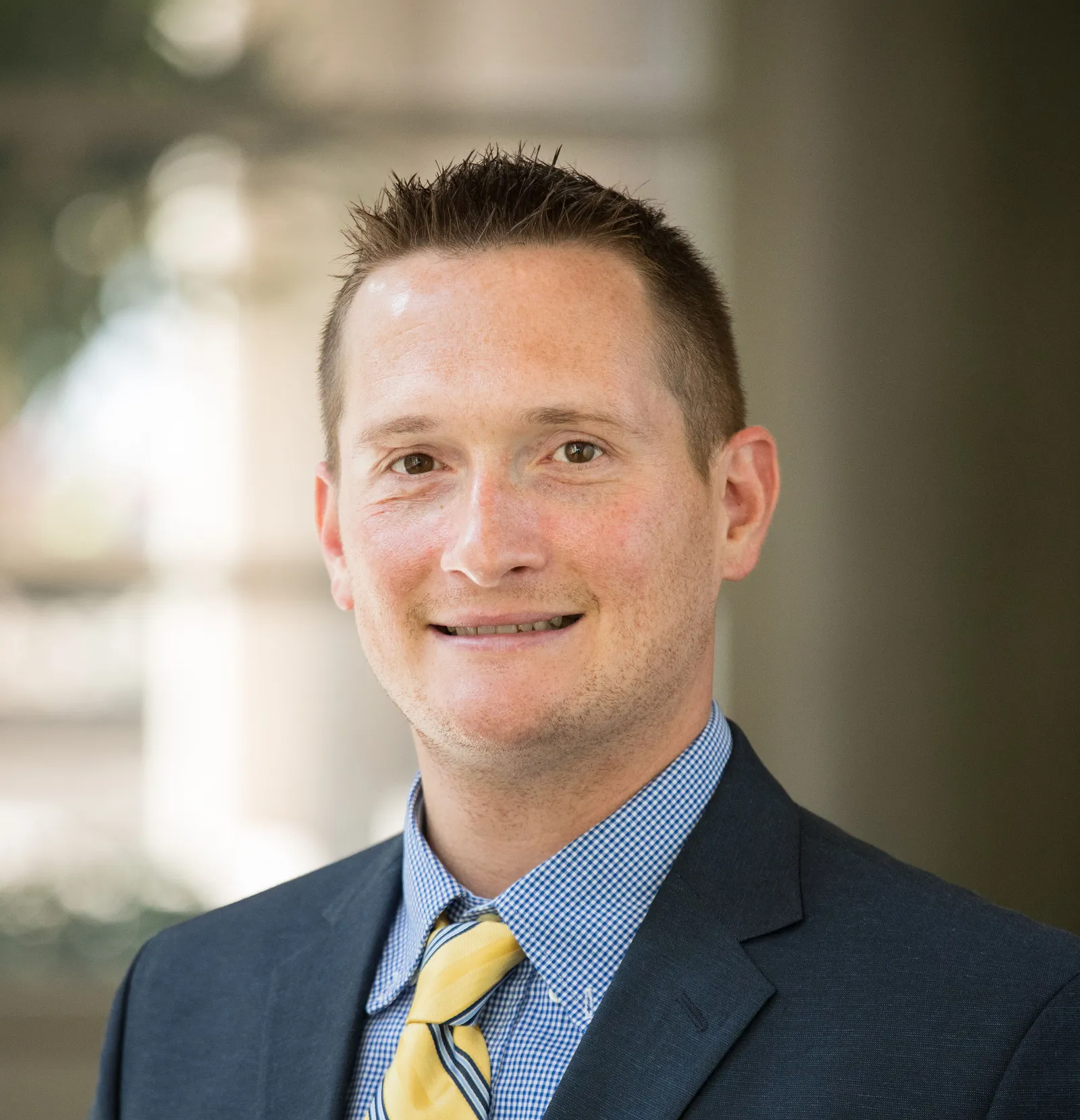
“The culture has dramatically changed from seemingly accepting a certain number of worker deaths or serious injuries on a project to now meeting project safety requirements with rigorous attention,” said Rihn. “Planning safety into the work, empowering workers to stop unsafe acts, and encouraging them to report incidents and near misses allow us to prevent a recurrence, minimize risk and ultimately, improve the safety of everyone on site.”
Sizemore too is a champion of safety by design — documenting every potential hazard during the planning phase to know what exposures workers will face on any given day.
Asked what will change in another 90 years of construction, Sizemore predicted more machine-use and technology on jobsites, even likening piloting vehicles on the job to UAVs used by the U.S. military.
“We'll never engineer out the human, but the human skill sets will be different,” he said.



